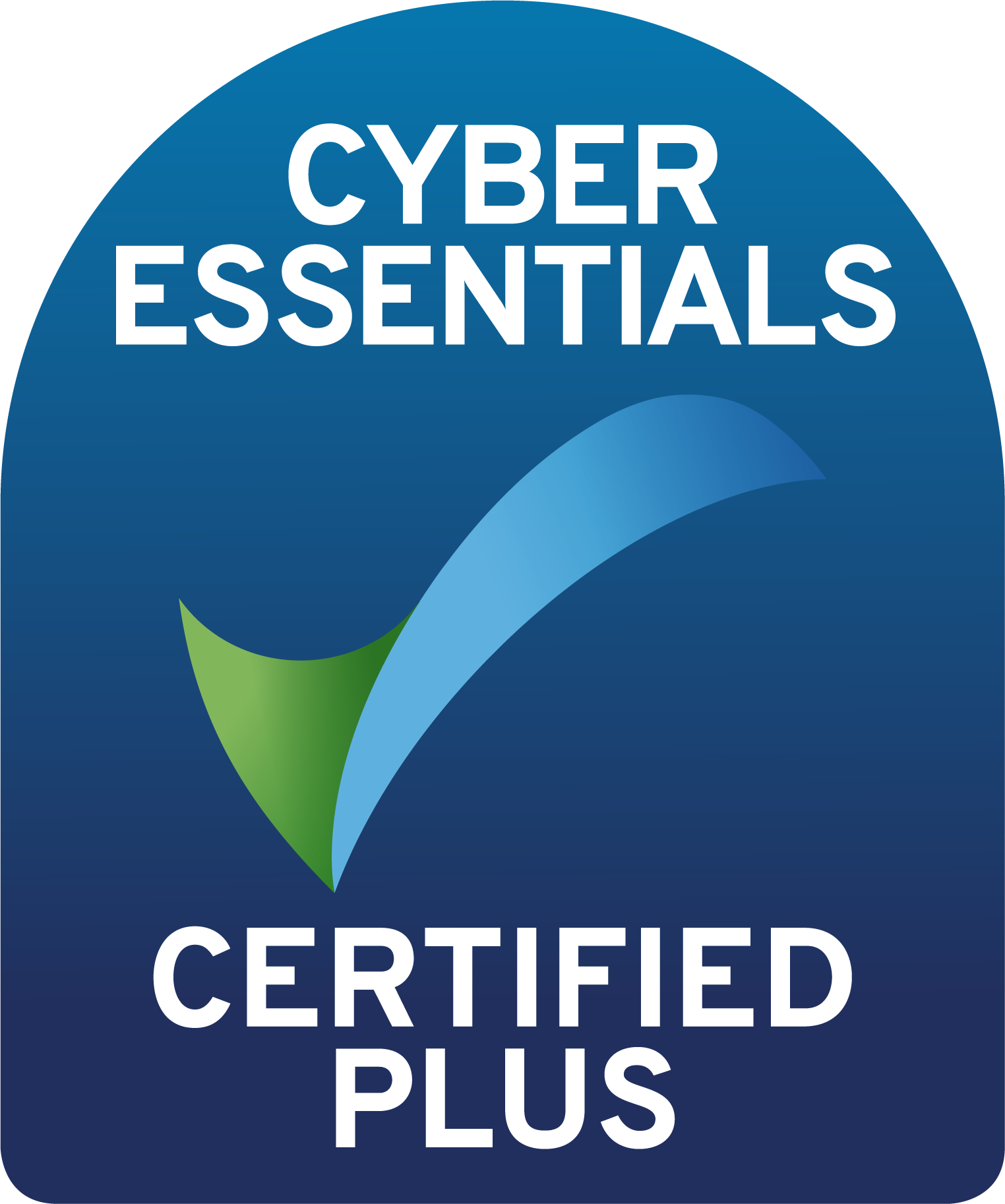Guide to handwriting styles

An article in the TES about handwriting styles has reignited debate amongst the educator and parent community over the benefits of joined-up handwriting in school. There was a clear divide in opinion amongst educators. Interestingly, many more secondary teachers sat in the camp of ‘legibility’ is far more important whilst more primary school teachers extolled the benefits of cursive handwriting leading to greater speed, better letter formation and whole word understanding.
Until a few years ago, the National Curriculum stated that all children needed to be able to write using cursive handwriting by the end of Key Stage 2. Today the guidance has changed to simply be ‘neat and legible’ handwriting.
Most schools follow their own handwriting policy. Some will have a cursive approach, others not, some will have a system of pen licences and others encourage writing in all different forms of media from the start. When children move schools it is highly likely that a different handwriting policy will be followed.
How do you feel about handwriting in your school?
School mum, Sarah says ‘The pressure on my little ones to write cursively is driving me to despair! The content of what they write is ignored and to be honest illegible… Let them learn to read and write the way that suits them best.’
Teacher Lynn says ‘For some dyslexic pupils the opportunity to be taught and use cursive script is a huge benefit… My pupil explained that he could now see words rather than individual letters and it made sense to him.’
What are the different handwriting styles?
There are so many different types of handwriting styles but broadly they can fit into two categories - cursive and print.
Cursive is joined up handwriting whilst print letters are written individually. Some schools use D’Nealian script which is a bit of a mix of the two different types. Children learn to form letters with joins but will not always use them.
What is joined-up handwriting?
Joined-up handwriting is otherwise known as continuous cursive where all letters in a word are linked together.
5 handwriting facts from the National Handwriting Association
Did you know most adults do not write using full cursive? Most use a mix of joined and unjoined script.
Many teenagers abandon joined script in secondary school in order to achieve greater speed in writing.
Un-joined script can retain legibility for longer when speed increases as in exams.
Forcing children with motor coordination difficulties to join may create a range of unnecessary problems with writing and result in an aversion to doing it.
Whilst some evidence suggests that handwriting supports spelling, there is no evidence that this applies only to writing in cursive styles of script.
What are the benefits of learning cursive handwriting?
Words written in cursive are clearly separated.
The pen or pencil flows along the paper without frequent stopping.
Cursive writing is a good way of strengthening fine motor skills.
Children are able to read cursive handwriting more easily.
Mastering this skill can produce beautiful handwriting.
What are the benefits of non-joined handwriting?
Print is more legible than cursive.
It is widely used in our digital age and so children are used to seeing letters shaped in this way.
Filling in forms using capital letters and print is easier.
For children with special educational needs such as dysgraphia (difficulty with writing) using print is much easier and more accessible. The reason is, there’s a lot more to think about - when writing cursive you need to not only form the letter but also think about which letter is coming next in order to join them correctly.
Why is joined up handwriting so popular in Primary schools?
Until recently it was a requirement of the National Curriculum that all children should be able to write using cursive writing when they left primary school. Even though that policy has been changed, most schools throughout the country have adopted and established a writing policy based on this.
Educators refer to research supporting cursive handwriting, identifying that children who learnt to write with joined up writing showed faster improvements in their writing and reading skills than those who did not. Joining letters when writing can help children to remember and spell whole words more easily, encouraging them to practice their writing skills.
However, the research has come under scrutiny and questioned whether it is robust enough. Many young children struggle to master cursive handwriting and critics of it question if it detracts from the content that a child is writing.
“The content of what a child writes and the ability to read it should be the most important consideration when it comes to handwriting.”
Charlotte Gater, Head of Education, Explore Learning
Handwriting practice activities
Regular writing practice can encourage neat handwriting. To help your child with their handwriting skills, there are lots of activities you can try at home or with an English tutor.
Start a daily handwriting diary - it can be as little as a sentence a day!
Practice with handwriting activity sheets
Write each other messages and stick them on the fridge or hide them around the house
Find a penpal
Supplement writing practice with other activities that improve motor control such as art and crafts
What is the best handwriting style for my child?
At Explore Learning, we believe that the content of what a child writes and the ability to read it should be the most important consideration when it comes to handwriting. Teaching joined up handwriting can be beneficial to children as a part of their learning but it shouldn’t be forced if it is holding a child back and we encourage our tutors to use their judgement in this area.
The best handwriting style is what works for your child as an individual. Your child should be comfortable writing it, they should be able to write at speed and most importantly another person should be able to read it - easily.
For more information about how we can support your child on their learning journey through school, from early years to secondary school, get in touch to book a free tuition trial session.
Cancel anytime
No joining fee
In centre or online
Memberships to suit you
Cancel anytime
No joining fee
In centre or online
Memberships to suit you
Cancel anytime
No joining fee
In centre or online
Memberships to suit you




